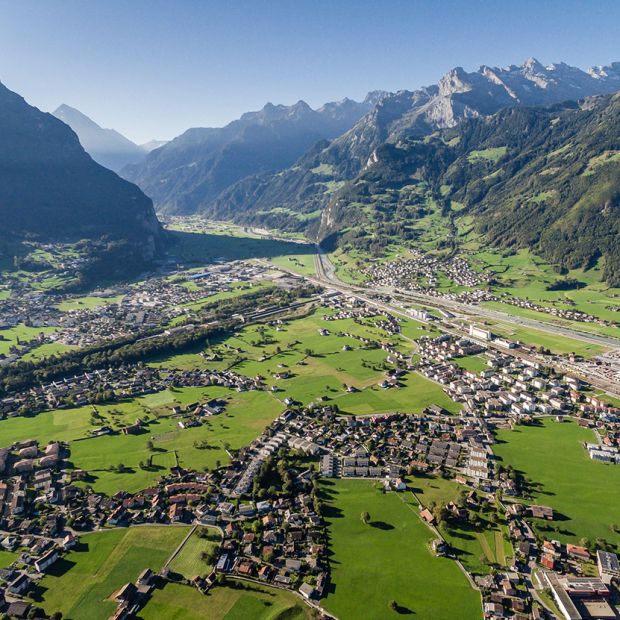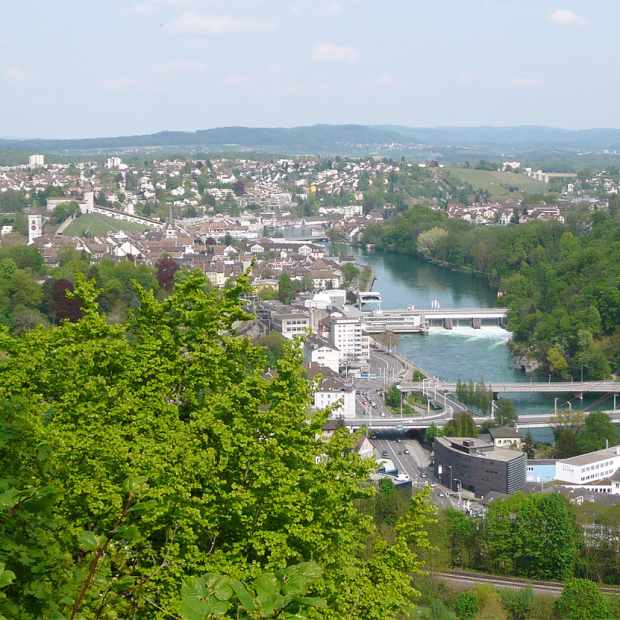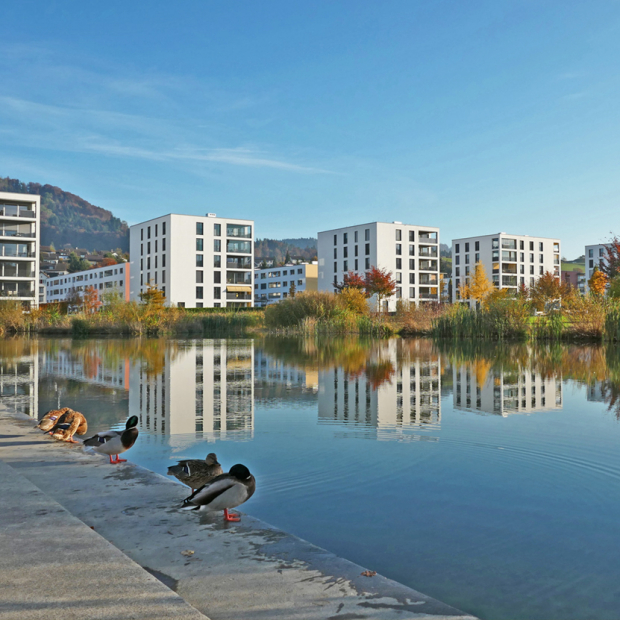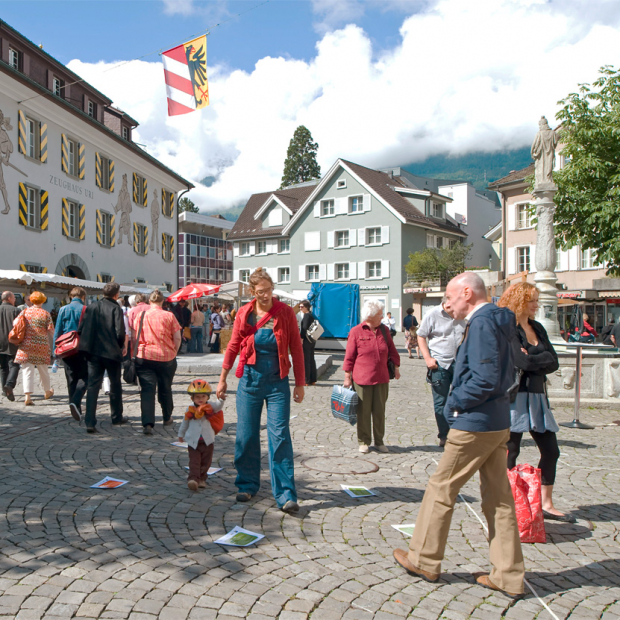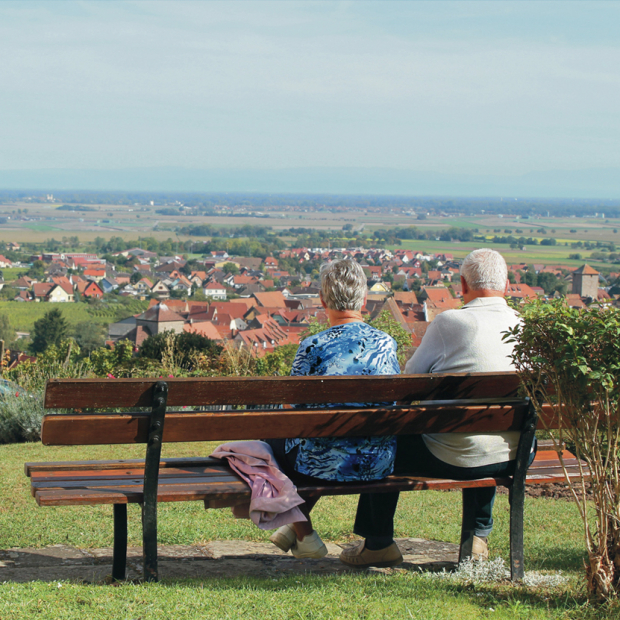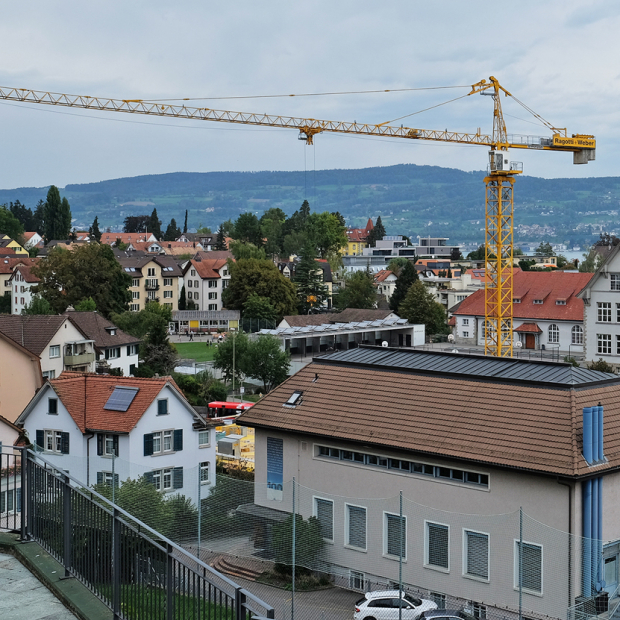
Demographic analysis
The Swiss population is getting older, more diverse and more international. The individual cantons, regions and municipalities will continue to be affected in different ways by current and future demographic, migration and lifestyle changes. We analyze sociodemographic developments as a means of establishing a basis for long-term, needs-appropriate spatial planning.
The population of Switzerland has been changing and will continue to change. Aging, individualization and migration trends are shaping this change in society. How do these developments influence Switzerland’s spatial structure? What are the consequences for individual locations? And what does this mean for planning processes and planning decisions?
We support our clients by helping them understand current socio-demographic processes, identify trends and estimate how they impact client activities. We use different quantitative and qualitative methods to prepare:
- Analyses of socio-demographic developments for cantons, regions, communities and neighborhoods
- Analyses of trends and challenges at the nexus of society and space development.
- Estimates and scenarios for future demographic developments
We consider these analyses to be a part of planning and decision-making processes. They show relevant impacts of socio-demographic change and provide a sound basis for demand-oriented and needs-oriented spatial planning, whether for regional, urban or municipal development concepts, social infrastructure, public spaces, or territorial, land and real estate development.
Projects for Topic Demographic analysis




